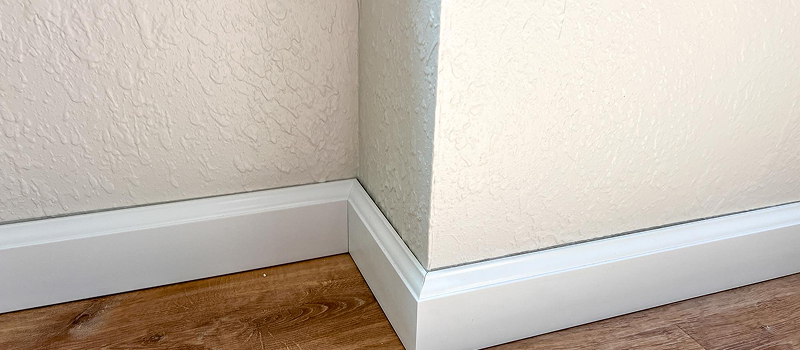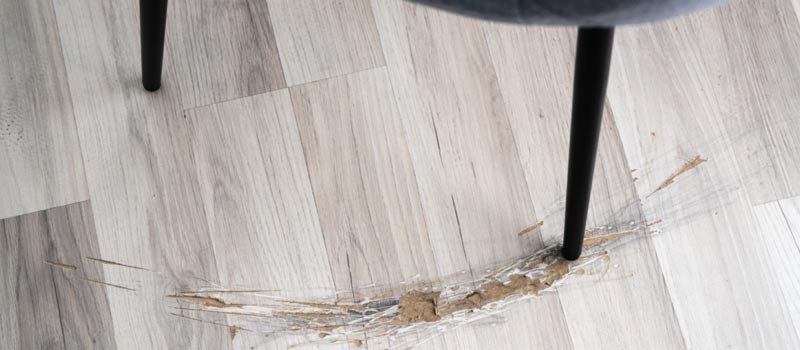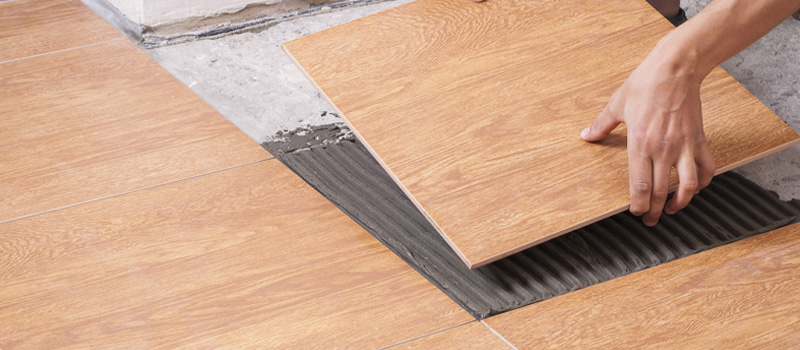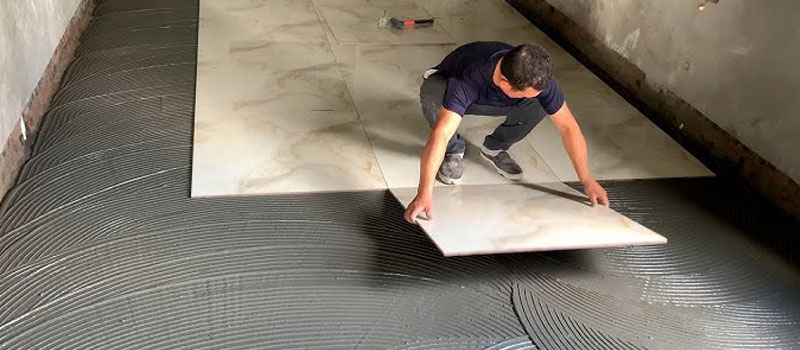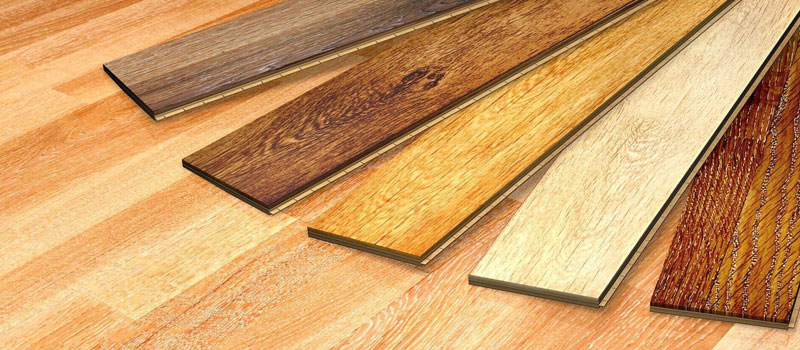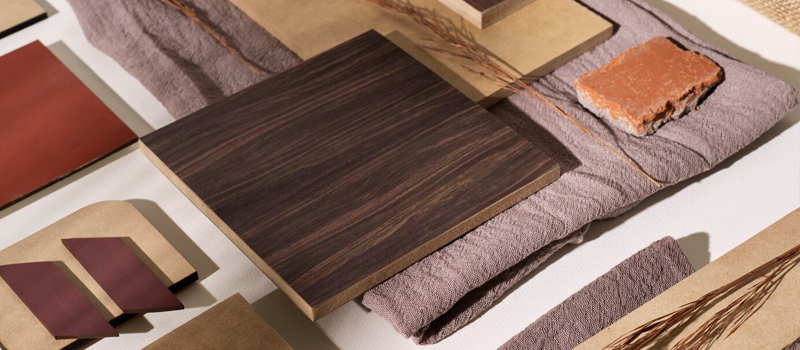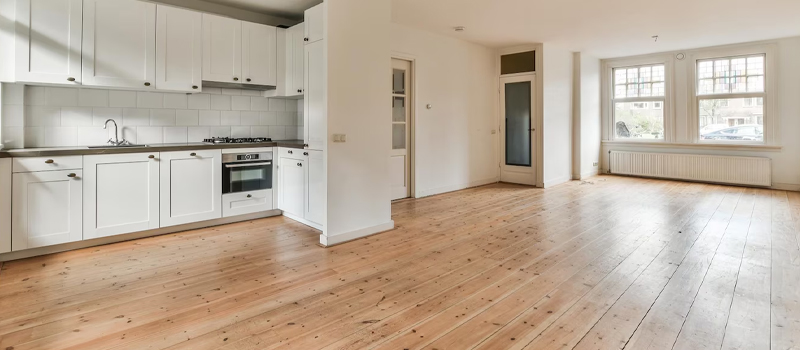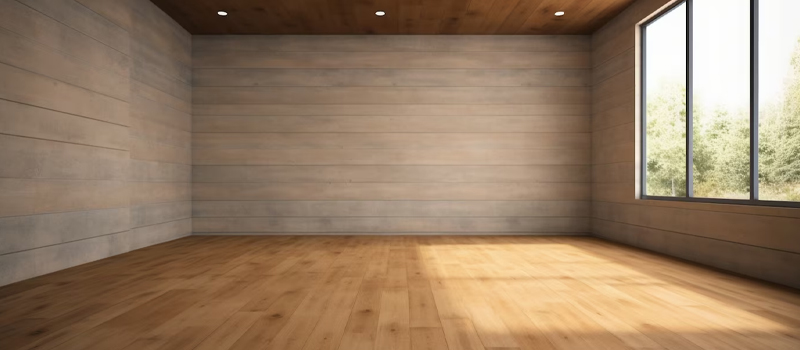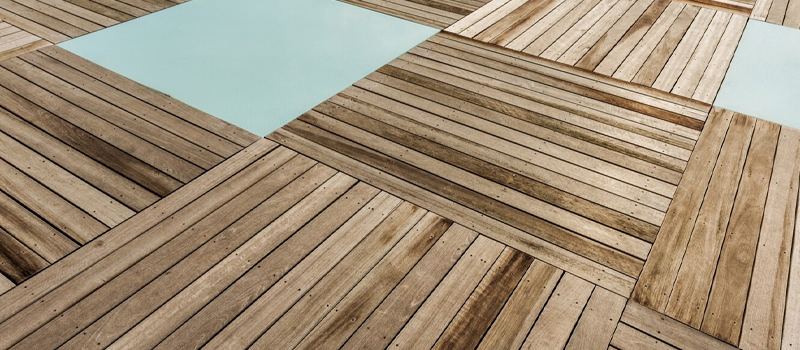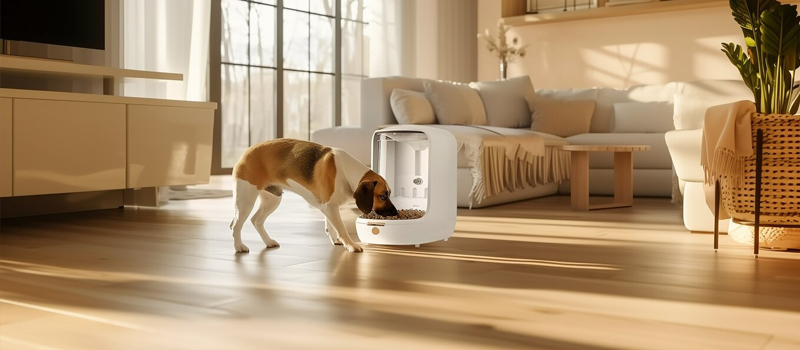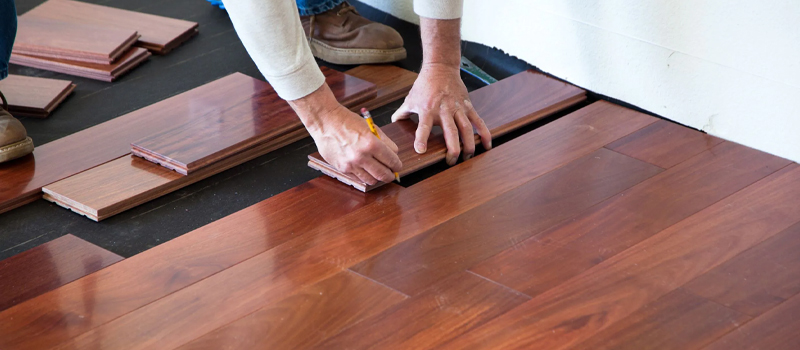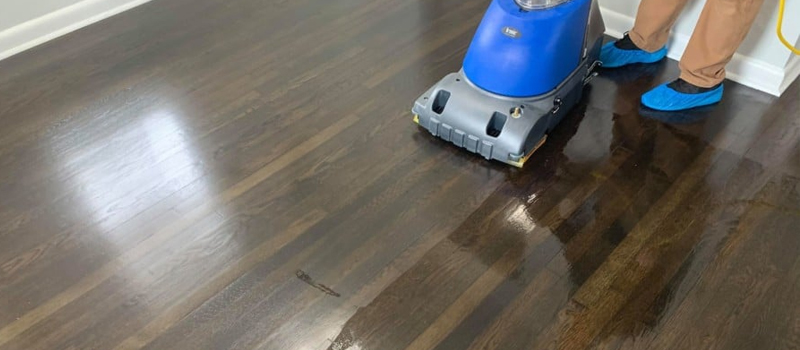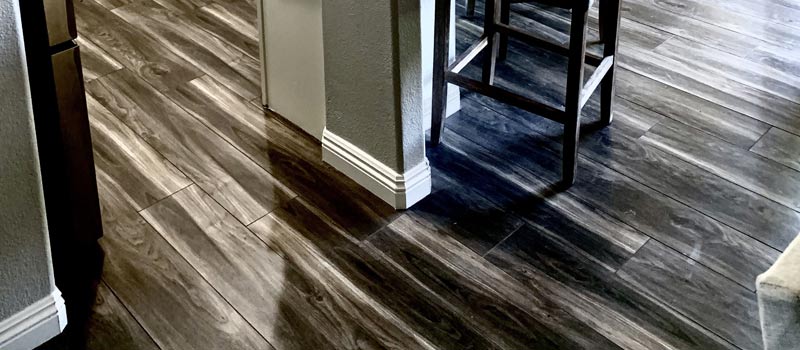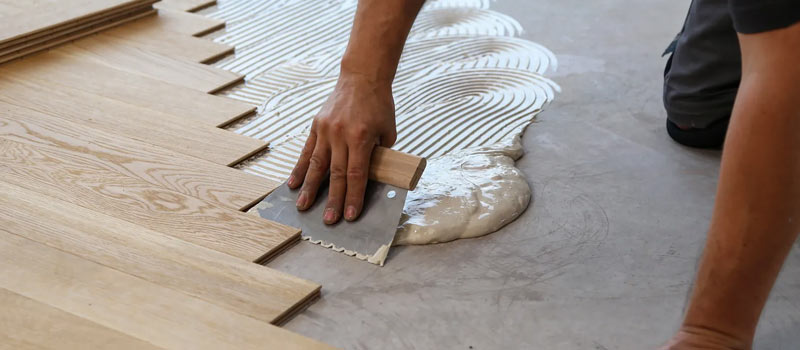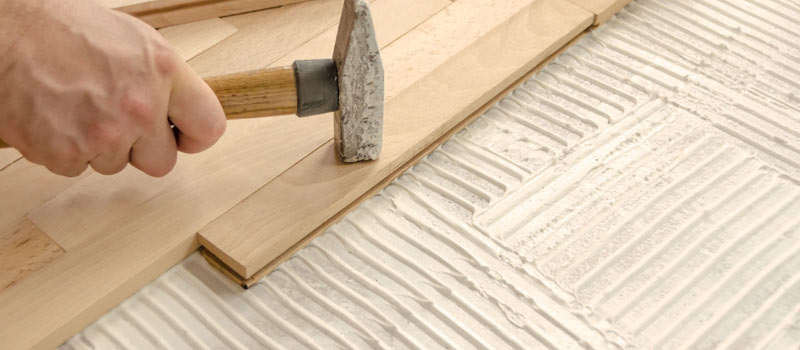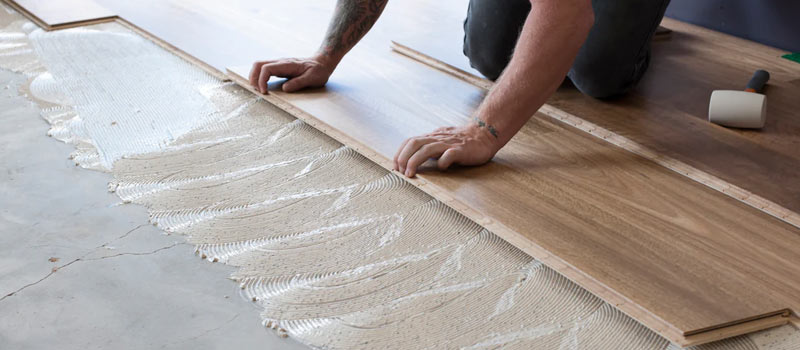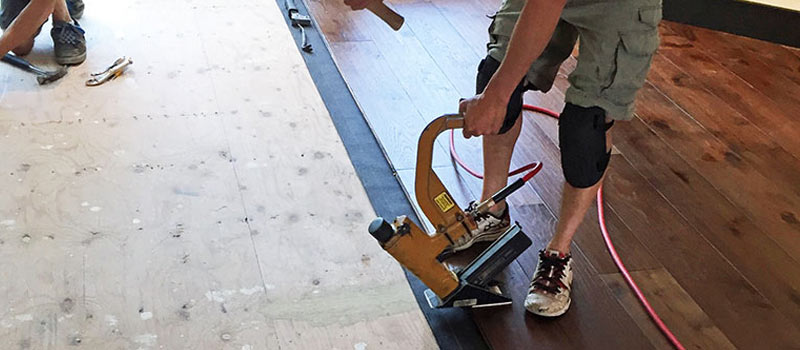Blog Details
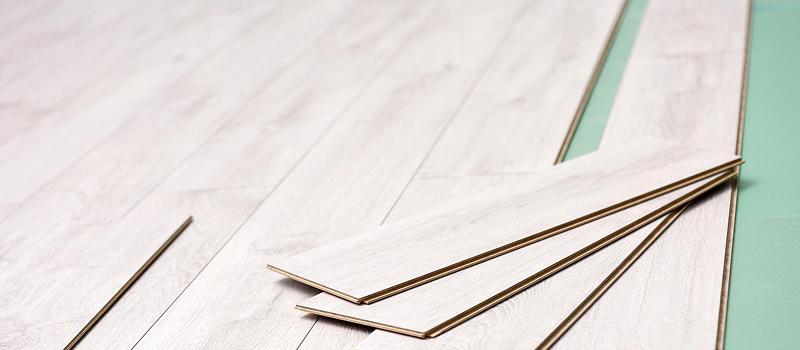
The Evolution of Vinyl Flooring
Walk into any home renovation store today and you'll notice something funny. People keep stopping in the flooring aisle, crouching down, tapping the planks with their knuckles, and looking slightly confused. It happens because vinyl flooring no longer looks like the simple sheet material everyone remembers from old kitchens. It looks like wood. Not just "similar to wood" but close enough that you feel the urge to touch it just to check. What makes it even more interesting is how far it has come. Vinyl used to be the option you chose when you had to stay within a tiny budget and didn't want to think too much. Over time it quietly became the flooring that manages to look warm like timber and behave like stone when it comes to strength.
Those early years that nobody really admired
Older vinyl floors were practical, but no one bragged about them. They came in long rolls that had to be glued down. The surface was smooth, almost too smooth, and the patterns looked printed rather than natural. They were fine for rental homes, utility rooms, and places where you didn't expect anyone to pay attention to the floor anyway.
People accepted them because they were easy to mop and didn't react much to spills. But they never brought character into a room. If anything, they blended into the background and stayed there.
Small improvements that kept adding up
Somewhere along the way, manufacturers realised that homeowners wanted the charm of real wood without the stress that comes with it. Slowly the designs changed. The prints became sharper. The colours started looking more like actual timber shades, soft browns, warm ambers, even those washed out coastal tones that make a room feel breezy. Then came texture. That changed everything. Once vinyl planks started to pick up the tiny grooves and uneven touches you normally see in real wood, people began noticing it. The surface no longer looked flat. You could feel the difference when you ran your hand across it. In bright afternoon light, the details caught little shadows, giving the floor more depth.
Strength that does not show off but stays steady
What really made vinyl flooring move ahead was how tough it became. Most families don't even realise how much their floors go through in a single day. Shoes, pet claws, bags being dropped, chairs scraping, something spilling every few hours. Hardwood looks beautiful but reacts to all of that. Stone handles wear well but stays cold and hard.
Vinyl sits right in the middle. It keeps the warm look of wood but behaves in a way that reminds you of stone. It doesn't swell in humid weather. It doesn't chip when a heavy bowl slips out of your hands. Even the small dents that used to show up on older versions rarely appear on the newer planks. People with kids or pets usually notice this first. The floor doesn't tell on them. Everything that happens during a busy day stays quiet.
Comfort that feels a little unexpected
If you stand barefoot on vinyl flooring, you'll feel a soft give, just enough to make it comfortable but not spongy. It's warmer than tile, especially early in the morning when the house is still waking up.

